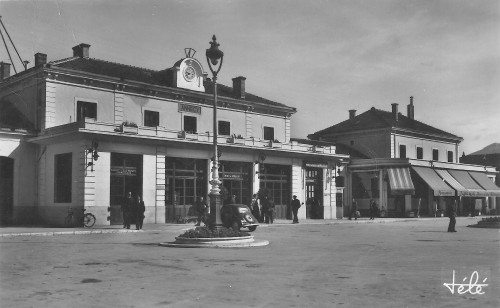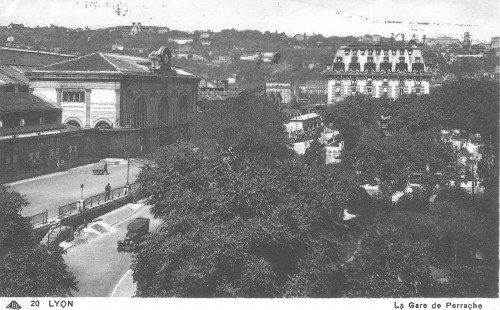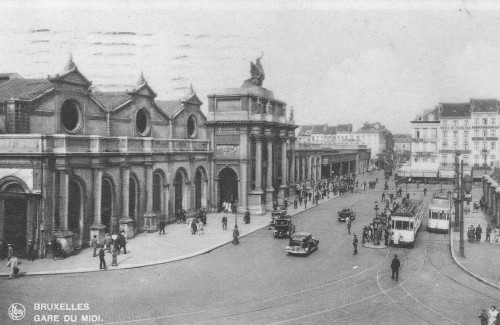Searching for the Dutch-Paris Escape Line
The Train Stations Used by Dutch-Paris
If you read the earlier post about trains, you know that a lot has changed about railway journeys since 1944. Another thing that has changed in some places, is the train stations. On a small scale, you used to have to buy a “platform ticket” in order to enter the platforms. So if you wanted to walk your sweetheart to the door of the train to bid him or her a tearful adieu, you needed to buy yourself a ticket to get that close to the train. This could have unexpected consequences. In December 1943 a Dutch-Paris guide could not get platform tickets for the early train out of Toulouse. When she came back for the afternoon train, the Gestapo arrested her on the platform.
On a larger scale, some of the train stations have changed beyond recognition. The station in the small mountain town of Annecy, for example, has been completely rebuilt in the last five years. It is now an ultramodern structure of glass and steel. During the war it looked like this:
If you took a train from Paris to Lyon, or Lyon to Annecy today, you would most probably arrive or depart from the concrete station Lyon Part Dieu built in the 1970s. But during the war you would have used the station Lyon Perrache. Here’s a postcard of what Lyon Perrache looked like during the war. Construction of highways altered the neighborhood in the 1970s.
Another station that Dutch-Paris used but you would not recognize today is the Gare du Midi in Brussels. That’s because the one pictured in this postcard was demolished in 1949 and rebuilt in its current cavernous concrete style.
Other stations frequented by Dutch-Paris couriers and guides and the fugitives they helped still look the same on the outside, particularly Den Haag Hollands Spoor and Toulouse’s Gare Matabiau. But it’s possible that a traveler from the 1940s would not recognize a railway station without steam and soot or feel at all familiar with today’s well-dressed and well-fed passengers on their mobile phones.


Leave a reply